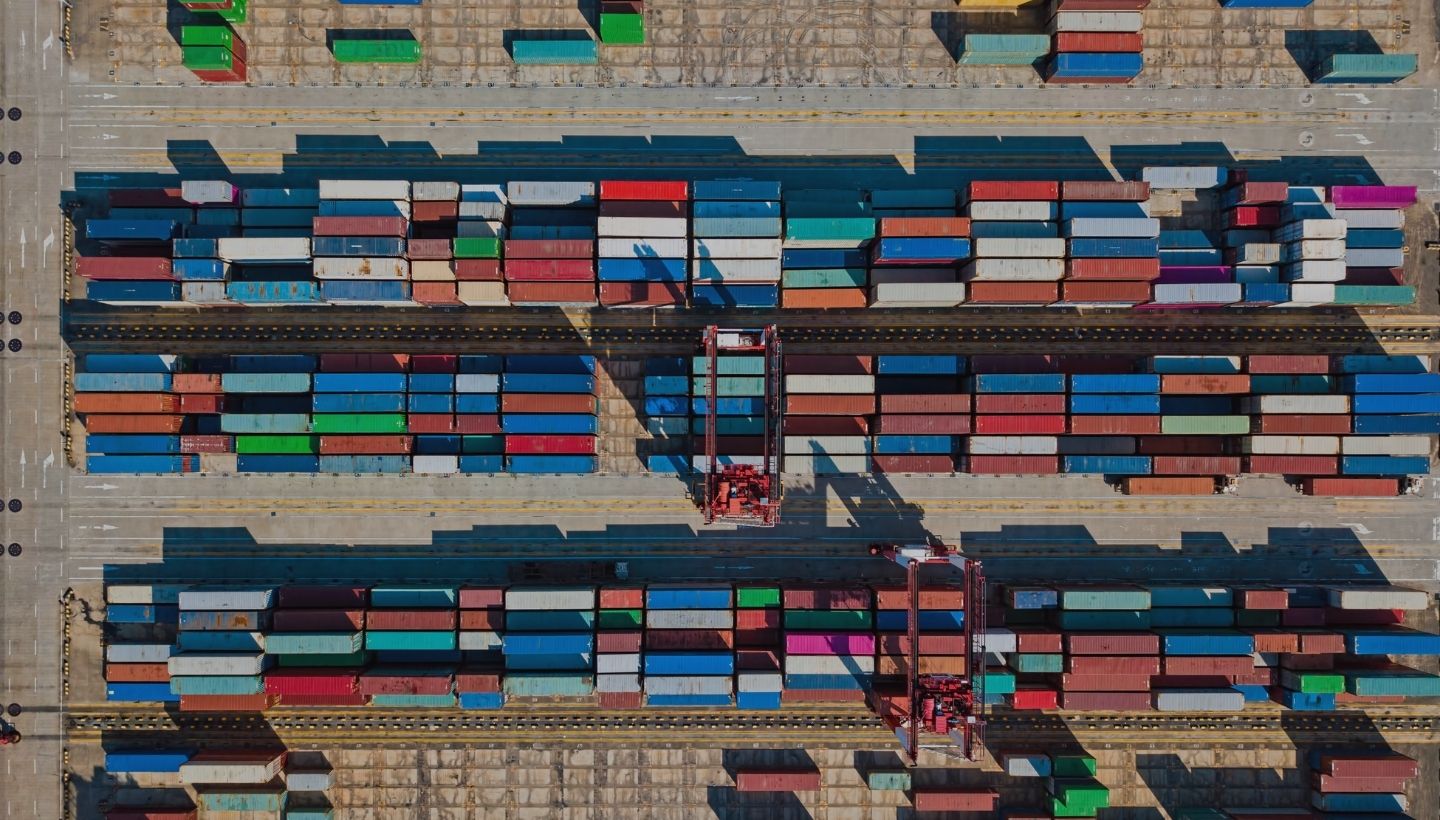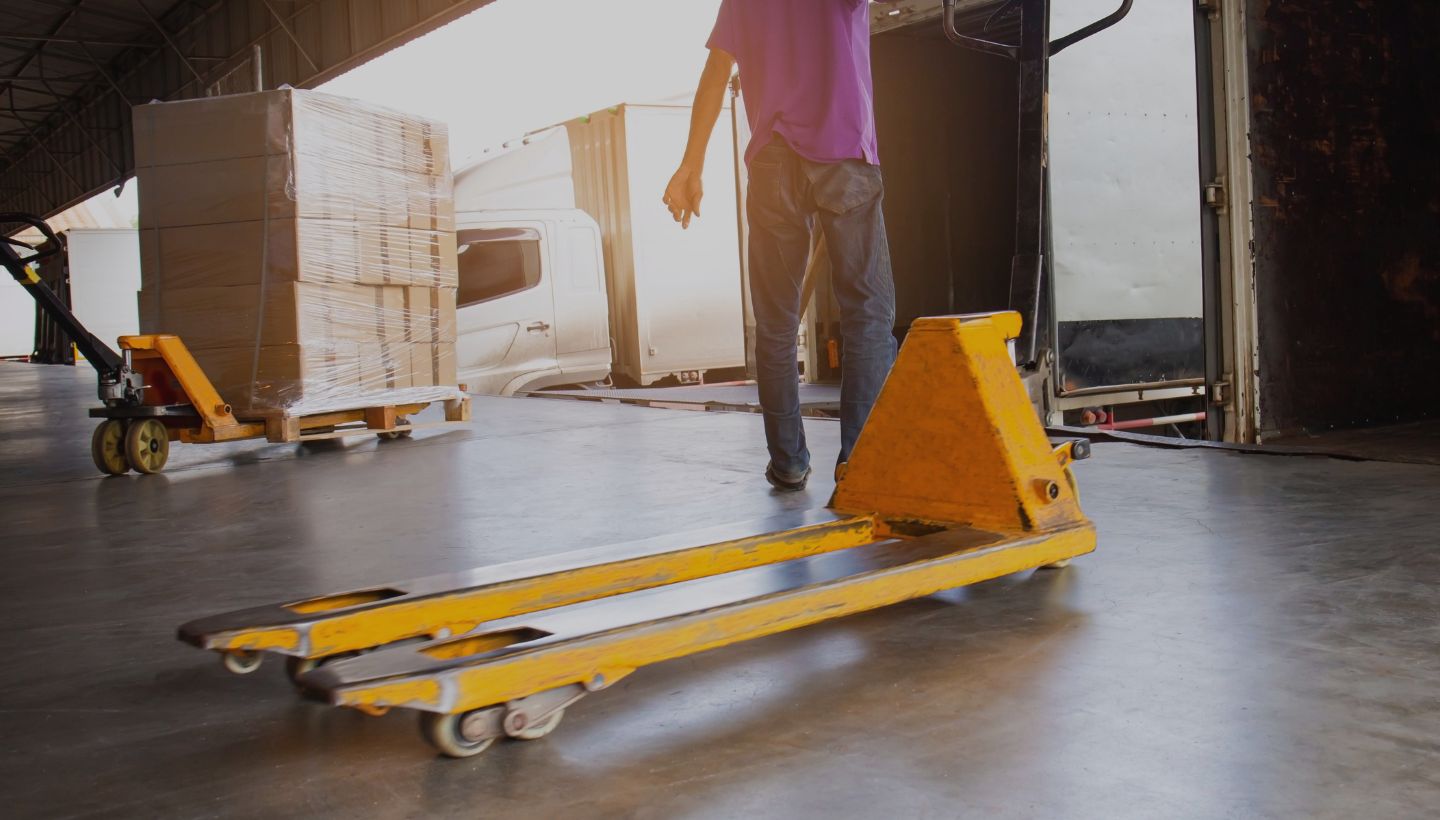Intermodal transportation helps shippers and trucking companies reduce costs and save time in several ways. Overall, it streamlines the process of moving freight. Cargo is easily moved from one carrier to another without needing to unpack the container’s contents.
If you are new to the trucking industry, you may want details of how intermodal transportation works. With that in mind, we will answer some of the most commonly asked questions to help you gain a better understanding of the transactions it involves.
What Is Intermodal Transportation?
When multiple modes of transport are used to move a container or vehicle, it is referred to as intermodal transportation. The container itself is moved, eliminating the need to unpack or handle the freight when changing transportation modes.
Intermodal cargo is moved in a series of well-coordinated steps using a combination of different carriers and various routes. The process may involve trucks, trains, ships, or airliners. The steps are usually something as follows. In this example, goods are being shipped in a container via railroad:
Step 1: An empty container is picked up by an intermodal carrier known as a drayage carrier
Step 2: The dray delivers the container from the origin ramp to the shipper, where the container is loaded
Step 3: Once the shipper has loaded the container, the drayman or drayage returns the container to the origin ramp
Step 4: The railroad delivers the container from the origin ramp to the destination rail ramp
Step 5: From the destination ramp, a drayage carrier takes the container and delivers it to the receiver, where the contents may be broken down further for shipping to multiple locations
If you’re unfamiliar with the term “drayage,” it refers to the process of moving freight short distances. It is known as the “road” portion of intermodal shipping.
For instance, if freight needs to be moved from one port to another, this process can involve moving a container from a shipping dock or port to a yard or terminal. From there, it will be loaded and shipped to the destination point.
Intermodal shipping is divided into two categories:
International Intermodal
International intermodal shipments typically travel in 20- or 40-foot containers. The cargo will move between trucks, trains, and ocean carriers and remain in the container for the duration of the journey.
Domestic Intermodal
Most domestic intermodal shipments travel in 53-foot containers that are owned by the transportation company. The freight originates and terminates within North America.
What Are the Benefits of Intermodal Shipping?
Moving goods via intermodal transportation provides reliable and consistent service. It is proven to be a great choice when compared to shipping by truck alone.
Other benefits of this shipping method include:
-
- Fuel efficiency
- Cost-effectiveness
- Available capacity
- Reduced congestion on highways
- Improved end-to-end visibility
Intermodal transportation is also an excellent way to ship high-security loads. The containers are often double stacked, restricting access to the cargo.
How Are Intermodal Fees Calculated?
Intermodal shipping fees can change based on several variables. But it is four times more cost-efficient than moving freight by truckload on the highways. For example, trains can move one ton of freight 470 miles on one gallon of fuel.
Rates for intermodal shipping are typically calculated by breaking down linehaul and fuel costs. Linehaul rates include costs of drayage from origin to rail to destination. Fuel rates are calculated using data from the U.S. Energy Information Administration (EIA) rates that are posted once a week.
Freight payments or rates may also be affected by accessorial charges such as:
Detention
A detention charge occurs as the result of a container being delayed more than two hours at an origin or destination dock.
Per Diem
This fee is a per-day fixed rate charged against another carrier. The fee covers the use of the carrier’s container, chassis, or trailer.
Demurrage
A demurrage charge or storage charge is assessed when cargo is left at an intermodal ramp beyond the allotted time. The fee can increase daily.
Rework
Intermodal weight fees are assessed when the weight exceeds 80,000 pounds in total. Extra weight on the axle and steer or bridge also affects the charge.
For example, if a load shifts in transit, it will have to be reworked back to the allowed weight limit. The shipper is responsible for the distribution of weight and will bear the costs of a rework fee.
Make Freight Payments Easier with RoadSync
At RoadSync, we realize truck drivers face many challenges in their day-to-day operations. RoadSync wants to make one aspect of your job much easier. We offer an easy solution to all of your payment processing issues.
When you connect with RoadSync, you’ll save time and money, improve cash flow, move freight faster, and have more time to grow your business. RoadSync Advance lets you easily preauthorize funds for accessorial and lumper fees as well as gain critical insight into transactions.
If you’re ready to simplify the financial transactions you perform every day, request a free demo to find out how RoadSync’s web-based solution can help. Contact us at our toll-free number to learn more about our services.






